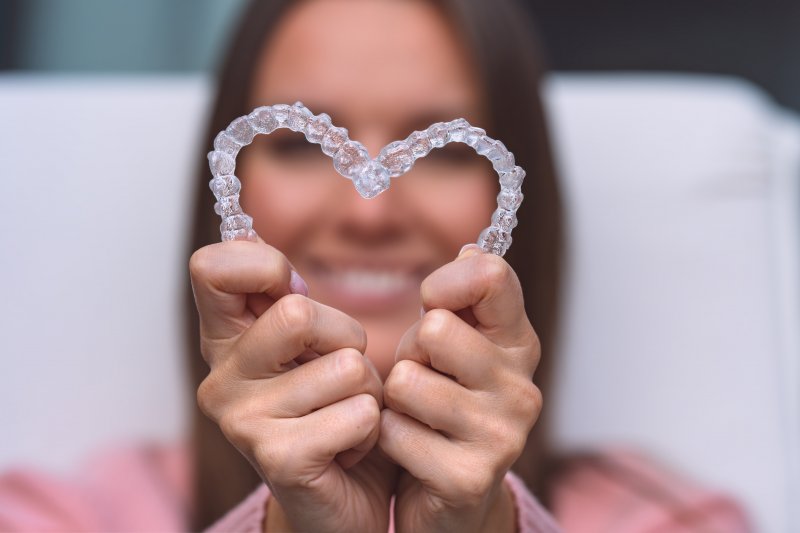
You’ve been living with an overbite for many years, and you’re no longer happy with how it is affecting your confidence, appearance, and ability to eat and sleep comfortably. This misalignment doesn’t have to be your reality anymore though. Can Invisalign fix bite problems? To find out the answer, read on to hear from a trusted dentist who explains why this clear aligner system might be exactly what you need.
Overbites & Invisalign: Are They Compatible?
In the past, any kind of bite alignment issue was commonly treated using traditional metal braces. Known for their ability to address any kind of orthodontic issue, these bracket-and-wire systems were and are still highly effective.
But with the arrival of clear aligners, Invisalign is becoming a more advanced and preferred solution for most patients. But how effective are they at treating bite problems?
The good news is that they can help to straighten and realign mild to moderate overbites but only if they’re worn correctly.
How Does Invisalign Work to Correct Overbites?
Naturally, if Invisalign is used on younger patients, it may be a bit easier to move everything into proper alignment because none of the oral and facial structures are permanently in place just yet. As a person gets older, it becomes a bit harder to move teeth and jaws, but it’s not impossible.
If you opt for Invisalign to treat your overbite, you’ll be expected to wear your aligners for 20-22 hours each day. Applying gentle, continuous pressure, these trays work to shift your smile into alignment. Of course, it should come as no surprise that elastics may be necessary to help the process along.
These are attached to Invisalign aligners and help to move your bottom teeth forward. At the same time, your upper teeth will shift backward so that optimal results are achieved.
What About Other Types of Bite Problems?
Although overbites tend to be the most common, Invisalign can be used to fix underbites, crossbites, and open bites as well. Of course, a thorough consultation with your dentist will be required to determine the severity of the misalignment. If considered too extensive, traditional braces will be recommended. Otherwise, a combination of Invisalign, elastics, and the potential for additional appliances can help to realign bites and improve the movement and function of your teeth and jaw.
When it comes to your bite, don’t put off treatment any longer. Start eating, breathing, smiling, and speaking easier with the help of Invisalign. Not only will you enjoy a more subtle method of treatment, but you’ll also notice results much quicker than with traditional braces.
About the Author
Dr. Matthew Ricke is a trusted Raleigh dentist who completed his Doctor Dental Surgery degree from the University of Tennessee. After pursuing continuing education courses at some of the most prestigious institutions, he has become a certified Invisalign provider. At Lake Boone Dentistry Raleigh, he and our team can help patients achieve straighter smiles and more perfectly aligned bites using clear aligner systems that are more subtle and less invasive. Visit our website or call (919) 781-8610 to learn how we can help.
